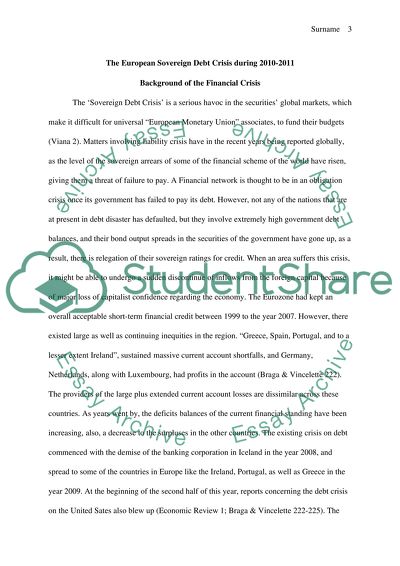Cite this document
(“The European sovereign debt crisis during 2010-2011 Essay - 1”, n.d.)
The European sovereign debt crisis during 2010-2011 Essay - 1. Retrieved from https://studentshare.org/finance-accounting/1434813-the-european-sovereign-debt-crisis-during
The European sovereign debt crisis during 2010-2011 Essay - 1. Retrieved from https://studentshare.org/finance-accounting/1434813-the-european-sovereign-debt-crisis-during
(The European Sovereign Debt Crisis During 2010-2011 Essay - 1)
The European Sovereign Debt Crisis During 2010-2011 Essay - 1. https://studentshare.org/finance-accounting/1434813-the-european-sovereign-debt-crisis-during.
The European Sovereign Debt Crisis During 2010-2011 Essay - 1. https://studentshare.org/finance-accounting/1434813-the-european-sovereign-debt-crisis-during.
“The European Sovereign Debt Crisis During 2010-2011 Essay - 1”, n.d. https://studentshare.org/finance-accounting/1434813-the-european-sovereign-debt-crisis-during.


